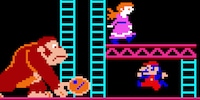
Background information
The history of "Donkey Kong": Highs and lows of Nintendo's favourite gorilla over the last 44 years
by Cassie Mammone

Anyone who plays video games knows the name Hideo Kojima. You either love his strange approach to games or think he’s overrated. Here’s my attempt at explaining this fascination with Kojima.
On 26 June 2025, the time had finally come: after numerous cinematic trailers, the latest game from Kojima Productions, Death Stranding 2: On the Beach, was released. This once again put the founder and studio head at the centre of numerous discussions – is Kojima brilliant or just overrated?
I love his confusing cutscenes, even if I don’t understand them all. Other players can only shrug their shoulders at the sight of those comical snippets. I also love the numerous delivery missions and the slow-paced gameplay. Sceptics merely write Death Stranding off as a boring walking simulator.
One thing’s clear: Hideo Kojima sets off strong reactions. But why is the legendary developer so polarising? What’s behind this fascination with Kojima? I’d like to highlight five points that are firmly intertwined with the CV of this Japanese developer.
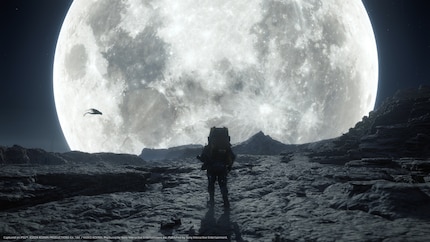
According to what he says in his own X bio, Kojima’s body of work consists of 70 per cent films. A passion that arose at an early age. Little Kojima’s parents introduced the family tradition of watching a movie every evening. To a young Kojima, it was only bedtime when the credits rolled.
The game developer probably benefitted from the fact that his parents are fans of western films. These influences later found their way into his games, which led to them also reaching a wide audience outside Japan.
Influenced by family movie nights and a friend’s camera purchase, young Kojima’s passion for filmmaking awakened. However, he never became a film producer – instead, he took the path to becoming a game developer.
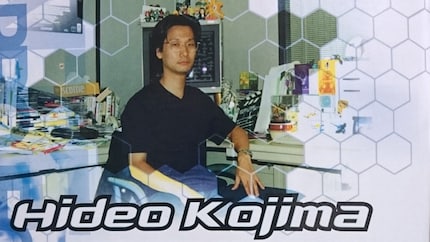
Kojima’s enthusiasm for film production became an integral part of his career in the video game industry. Metal Gear Solid for the PlayStation 1 was one of the earliest games to rely on cinematic staging. It’s still praised for this today. I can also clearly feel this influence in Death Stranding 2 as I watch the first cutscene with protagonist Sam in awe.
It’s amazing how Kojima’s cinematic cutscenes inspire so many fans. After all, they often break with conventions familiar from traditional films. It’s questionable whether Kojima’s directing and production style would work at all in the classic medium of film.
For example, he’s never brief. Dialogue in his games goes on for quite some time. Need proof? Metal Gear Solid 4 is in the Guinness Book of Records for having the longest cutscene in a video game at 71 minutes. Not quite feature length, but still enough time to get a bag of popcorn. Fortunately, cutscenes in Death Stranding don’t take quite as long. However, all the dialogue about phenomena explained in codex entries such as BTs, BBs, Whiteouts, the UCA, Repatriates, and Extinction Entities raise more questions than they answer.
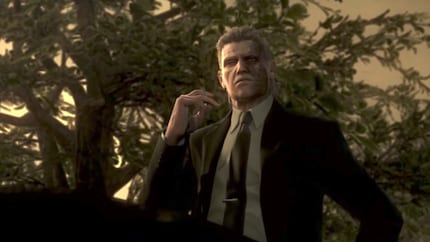
Even if his overloaded cutscenes frighten some audiences, Kojima brings a breath of fresh air to the gaming industry. In the 1980s, this was actually only intended to open a door to the film industry for him. Despite the bad reputation of the games industry at the time and warnings from his relatives, he started working for Konami in 1986.
After working on two games, Kojima took over managing Metal Gear for the Japanese home computer MSX2. Kojima would’ve really preferred developing for the more successful Famicom console (the NES in Europe and the USA). However, working on a computer game later turned out to be a blessing. Since computers have more power, Kojima incorporated more complex gameplay mechanics. Player character Snake has to sneak through a military base and avoid direct encounters with enemy soldiers. Sounds pretty basic today, but 40 years ago the idea was groundbreaking.
Kojima shaped the stealth genre for generations to come – an early example of his role as a visionary in the games industry.
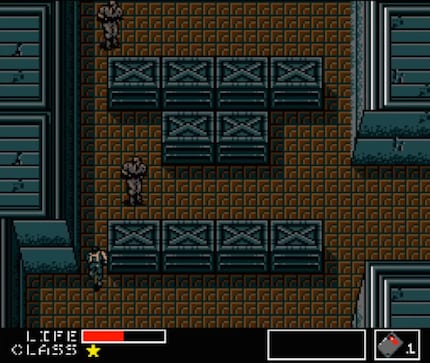
Metal Gear Solid was a huge hit, with seven million units sold on the PlayStation 1. This paved the way for Kojima’s long-term success.
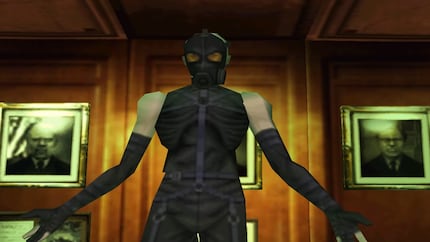
In the following years, several sequels to Metal Gear Solid are released for various PlayStation consoles in collaboration with Konami. However, this cooperation with the Japanese publisher deteriorated significantly over the years until the two parties parted ways in 2015.
The separation of Kojima and Konami has led to much speculation. Neither Konami nor Kojima have commented publicly on the reasons for this. The mood surrounding the development of the fifth and final main entry in the Metal Gear Solid series is charged. The wildest rumours arose about Konami’s motives for banning Kojima from attending the 2015 Game Awards.
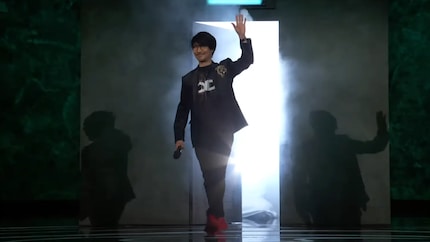
Also at this time, the P.T. project, meant to revive the dormant Silent Hill series, was scrapped. Many elements from it, such as the celebrities involved, were later adopted in Death Stranding – the first game that Kojima published with his new studio (Kojima Productions) after the Konami split. To this day, many horror fans would’ve liked to have seen P.T. in full – perhaps also because the demo was removed from stores after the collaboration ended, becoming lost media.
This difficult separation left Kojima looking like a misunderstood genius. Konami is seen by many fans as the bad guys, alienating a legendary game maker for no reason. It stands to reason that in a dispute between an individual and a company, sympathy will lie with the individual. Especially when this person is behind a popular franchise, with future projects eagerly awaited.
In addition, Kojima presents himself as a fan on social media. Here a celebrity selfie, there a photo of a cinema trip – movie recommendation included. This makes him seem approachable and other fans can relate to him directly, unlike many other people in the games industry. Unlike normal fans, however, Kojima doesn’t stop at selfies – he integrates his favourite actors into his games.
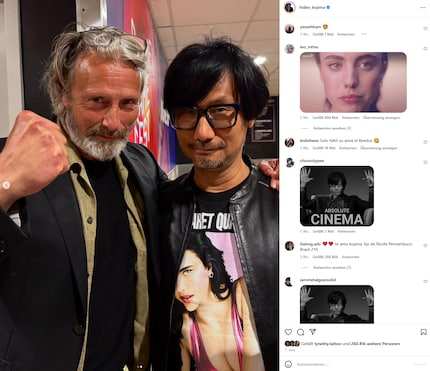
Here are the best examples of Kojima’s celebrity collection mania, from the two Death Stranding games:
The celebrity cast in the Death Stranding games also has another advantage: audiences see familiar faces and recognise the stars behind them. This recognition gives fans an additional boost. One look at Norman Reedus’ face can whet the appetite for a The Walking Dead series marathon. For example, I became aware of actor Mads Mikkelsen through part one. In Death Stranding, he plays the tragic character Cliff Unger.
Finally, Kojima’s games are also just truly strange. But this doesn’t harm their reputation – on the contrary. In Metal Gear Solid, individuals easily take apart heavy vehicles such as helicopters or tanks. In general, the series also throws out one twist after another.
But Death Stranding is on a different level in terms of weirdness. The story, which hardly anyone will understand on their first attempt, is full of completely inexplicable elements. When character Sam dies and is reborn, I play a soul that floats back into his dead body. To do this, I dip into his oesophagus via his mouth. At the end, I’m greeted by the googly eyes of a baby sucking its thumb with relish. Now that’s weird.
At other points, I calm my baby down by peeing. One character stops his heartbeat every few minutes for a trip to the afterlife. They even actually included this weird conversation with a Super Mario reference in the game:
Princess Beach?! You see, the list could go on forever. The point is, this strange nature of Kojima games also has a certain charm for parts of the audience. This fits in with the innovative, creative and avant-garde nature of his career as a developer.
As a gamer, I know that a game from the Japanese auteur will leave me with my jaw hanging open. And that’s worth its weight in gold in an industry where AAA studios rarely take risks. This is also proven by the fact that Kojima Productions isn’t facing closure after Death Stranding 2. With confirmed games like OD and Physint, there’s still a lot to look forward to from Kojima Productions.
I wrote my first text about video games when I was eight years old. I haven't been able to stop since. The rest of my time is spent on my love for 2D husbandos, monsters, my cats and sport.
Interesting facts about products, behind-the-scenes looks at manufacturers and deep-dives on interesting people.
Show all
Background information
by Cassie Mammone

Background information
by Domagoj Belancic

Background information
by Domagoj Belancic